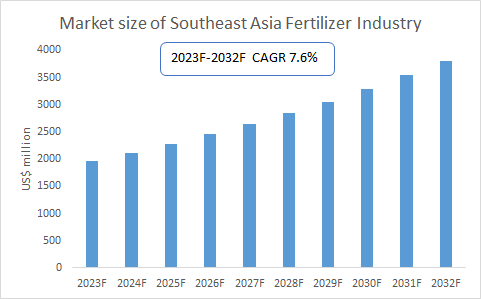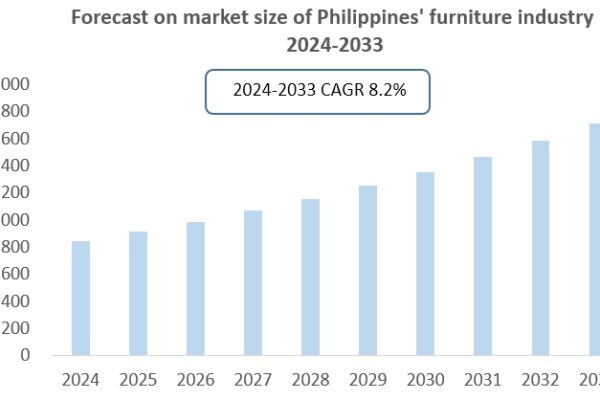Southeast Asia Steel Industry
The steel industry in Southeast Asia is expected to maintain growth from 2022-2032, according to a new report by CRI. The report, titled “Research Report on Southeast Asia Steel Industry 2023-2032,” analyzes the current state of the industry and forecasts its future growth.
The report found that Vietnam, Malaysia, Indonesia, Thailand, and the Philippines are the countries with the most rapidly developing steel industries in Southeast Asia. Vietnam is the largest steel producer in the region, with a crude steel production capacity of 23 million tons in 2021. Steel exports from Vietnam reached a record 13 million tons in 2021, generating over US$10 billion in revenue.
Singapore has a much smaller steel production capacity than the other five countries, with an annual output of less than 1 million tons. Myanmar, Cambodia, Laos, and Brunei have very weak steel industries.
The report also found that overall steel consumption in Southeast Asian countries has shown an upward trend in recent years, especially in Vietnam, Thailand, Malaysia, and other countries with sustained economic growth. This trend is expected to continue in the coming years, as demand for steel is expected to grow in line with economic growth in the region.
CRI forecasts that the steel industry in Southeast Asia will grow at a CAGR of 5% from 2022-2032. This growth will be driven by several factors, including:
- Lower labor costs in Southeast Asian countries: This will make it more attractive for global steel companies to shift production capacity to the region.
- Rising demand in Southeast Asian steel markets: This will prompt global steel companies to increase their exports to the region.
- Government support for the steel industry: Several Southeast Asian governments have implemented policies to support the growth of the steel industry in their countries.
The report also identifies several key challenges facing the Southeast Asia steel industry, including:
- Overcapacity: There is currently a surplus of steel production capacity in Southeast Asia. This could lead to price competition and lower profit margins for steel producers.
- Environmental concerns: The steel industry is a major source of pollution. Steel producers will need to invest in new technologies to reduce their environmental impact.
- Infrastructure constraints: The infrastructure in some Southeast Asian countries is not well-developed enough to support the growth of the steel industry.
Despite these challenges, CRI is optimistic about the future of the Southeast Asia steel industry. The report concludes that the industry is well-positioned for growth in the coming years.
About CRI
CRI is a leading provider of market research and business intelligence. The company provides reports, analysis, and consulting services to businesses around the world.
Related Contents:







Leave a Reply